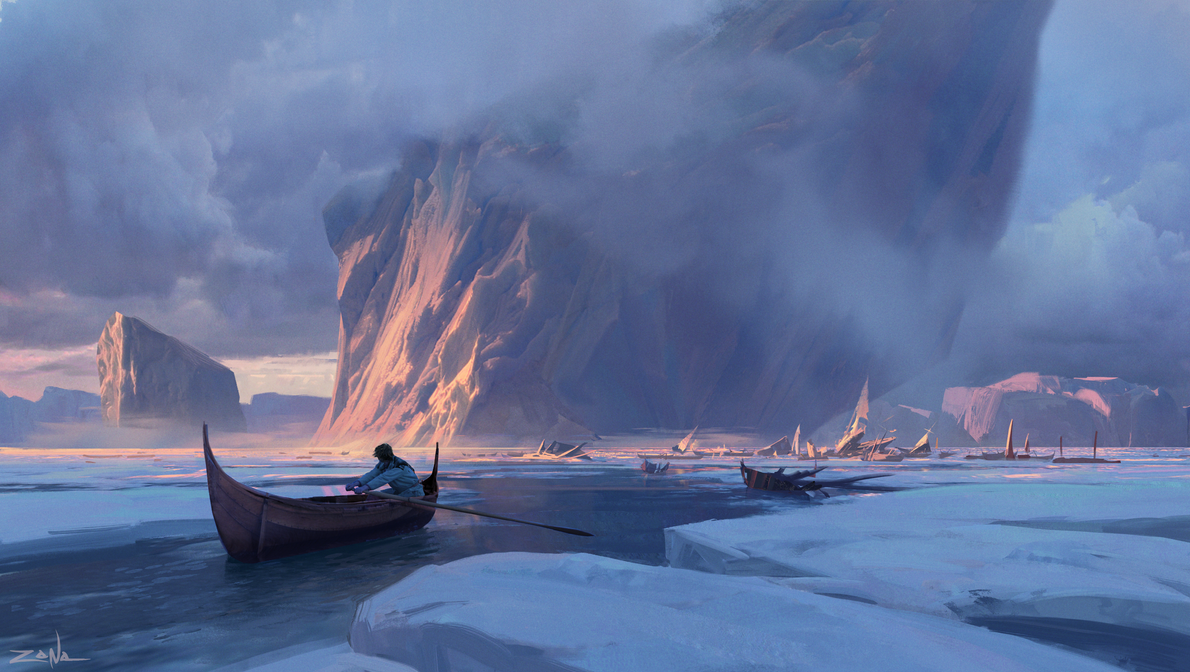Military Hex Tactics
Brief summary of why I decided to write these rules:So my players wonder over to Apollonia, the largest Island State in Arsuf and seat of the Cheifsmoot. They were leaving the market when an announcement echoed around the city that the Drivas Clan had been found guilty of all charges and that they were expelled from the Cheifsmoot. This was meant as a brief insight for the PCs to see the political landscape in the area, but they decided to be ignorant foreigners and get involved with politics by saving some members of the now ex-Clan and spiriting them off of the island.
They fled with the Drivas to their home island and helped them prepare for the inevitable raids from other small Clans to come and claim their island. So I set up these rules to simulate island scale tactical defense and fast combat resolution if the PCs were not actually present.
 |
| We play online using roll20.net, it works pretty well. I use this kick ass island generator to create the island shape. It works really well cause you can draw over it on roll20. |
Rules
- Each round on battle map is 20 minutes.
- Each division of soldiers has two scores: effective strength (a function of numbers and quality of combatants) and movement (usually 2)
- Movement score can be used to: move (1), ready an ambush (1), pillage(full round, makes roads impassable), fortify against an attack (1), or attack (1).
- Moving off of roads costs double movement but makes ambushes more effective.
- Battles auto resolve unless PCs are there, in which case they can either choose to auto resolve with bonuses or to have the skirmish take place real time.
These worked really well I think, though there is the problem of having all of the players be involved in the decision making. Its a bit like five people sitting around playing the same Civ game and arguing about the next turn, but for one or two sessions it was pretty fun I think.
I wrote a spreadsheet up for the auto-resolution and it did a pretty good job I think. (Goodness, I love Excel.)
Squad Fighting Rules
I got to test these rules out the other night too, and I think it worked really well! Largely based on this post (from the excellent Joseph Manola) about crowd fighting. I used this when the PCs decided to fight in real time instead of auto resolving the combats.
The only trick is that I treated a squad (20-40 fighters) as one unit occupying a 20ft square space and getting to attack together. In a combat between two groups of about 100 combatants each this is way easier than just having hordes of little guys. They get three attacks per turn and move slowly.
 |
| It looked just like this |
It was a little annoying that I had control of both friendly and enemy squads with the PCs running around killing stuff, so I ended up rolling a lot of dice against myself which is never good.
I am going to continue to use this, but give the party just one squad as follower/NPC, much like the post from Joseph suggests, like the crew of their ship and have them control it in combat so I don't have to roll as much.















